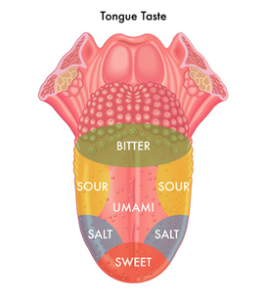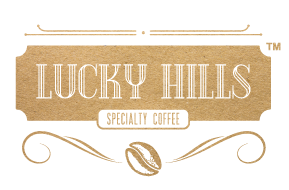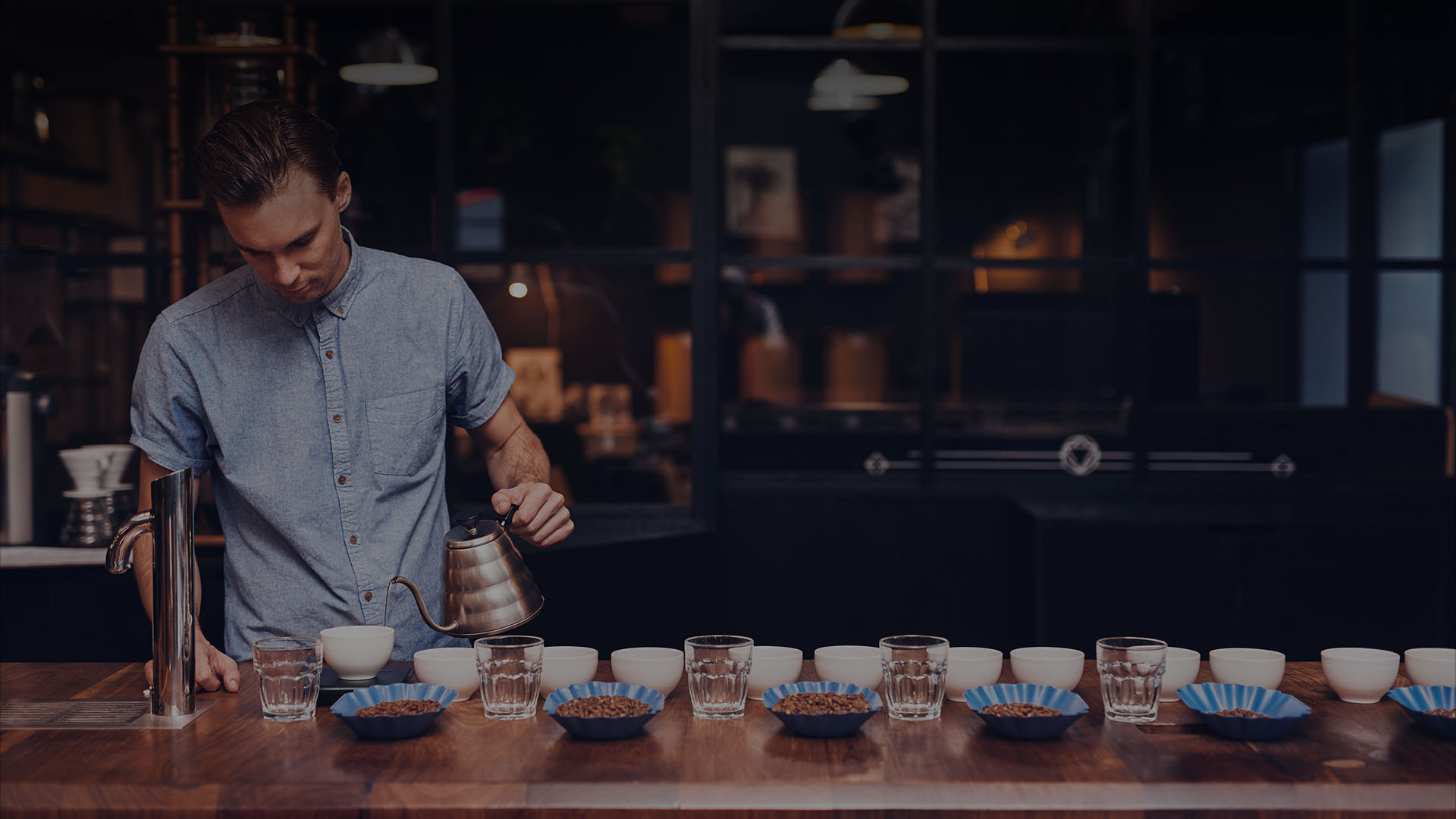Cupping coffee is a tasting technique used to evaluate coffee quality. Thus, it is an important process for baristas and managers of establishments in the food service segment that serve specialty coffee, as it enables you to identify the flavors and aromas present in the beverage, which can improve the menu presentation, resulting in a better customer experience.
In addition, complementing its sensory characteristics, cupping coffee is something very relevant to strengthen the ties between these professionals, their businesses and the entire coffee production chain, as it creates more opportunities for communication between partners, directly resulting in the strengthening of the brand value that each one represents.
While we have previously discussed here on the blog that excellence in serving specialty coffee begins with tasting, it is crucial to address the common errors in the process that should be avoided at all costs. We will talk about them in this article!
7 frequent errors in cupping coffee
Cupping coffee is a relatively simple technique, but there are some common errors that can compromise the process. Check them out:
1. Neglecting the choice of the place for cupping coffee
Choosing the right environment for the tasting is fundamental. The test area should not only be well lit and quiet, but also free of distracting elements. External scents, such as perfumes or cleaning products, can significantly impact the overall tasting experience.
Therefore, it is essential to create an environment that allows participants to focus exclusively on coffee, so as to increase the chances of a more accurate assessment.
2. Disregarding standard model and size requirements for equipment and utensils
Consistency in equipment and utensils is crucial for a successful cupping coffee session. Given this, using cups of the same volume, dimensions and material ensures that the proportions of water and the temperature of the beverage remain uniform.
This consistency is vital to achieve the intended objectives of the cupping coffee process, allowing for a fair and accurate evaluation of different coffee samples.
3. Forgetting or not following the sample preparation steps
The preparation of coffee samples requires meticulous attention to detail. Precise control of water temperature, liquid proportions and cleaning of the equipment are paramount.
Even the slightest oversight in these steps can influence the flavor of specialty coffee during the tasting experience. In light of this, participants should be vigilant and follow the preparation protocol to maintain the assessment integrity.
4. Not having the tasting form or knowledge about it
The Specialty Coffee Association‘s cupping coffee standards form is a valuable tool during tasting sessions. The tasters should be well acquainted with the form, its terms, scales and scores, which will improve the analysis of the coffee beans, providing a more comprehensive assessment.
Another interesting point is to make detailed notes throughout the cupping coffee process, ensuring that all relevant sensations, aromas and flavors are documented for future reference.
Read more:
Cupping Coffee: Service excellence starts with tasting
5. Overemphasizing perfect vocabulary and discussions about sensations
Participants do not need to feel pressured to use impeccable vocabulary during tasting sessions. The suggestion is to focus on expressing your observations in your own words.
In addition, although post-tasting discussions about sensations are positive, it is advisable to avoid such conversations during the process itself, as someone may say something that will affect the perception of others involved in cupping.
6. Feeling disgusted or ashamed
Professionals who participate in cupping coffee, especially those from coffee shops and restaurants, should face the process objectively. Disgust or shame should not be associated with spitting out coffee samples.
This is because the proper disposal of the samples is a practical measure to avoid excessive caffeine intake, which can be harmful to the body and compromise the accuracy of the taste evaluation.
7. Forgetting to come back and focus on the senses
Last but not least, the sensory analysis of specialty coffee goes beyond the palate. Therefore, participants should be aware of the use of all their senses during the cupping coffee process.
Taste is just one of the senses that requires attention. To use it correctly, those who participate in cupping coffee need to sip the coffee so that it covers all areas of the tongue. After all, each area has a distinct perception of flavor and texture. Look:

The sensory analysis of a specialty coffee begins with the eyes, and many characteristics of the beverage need to be perceived by sight before smell and taste come into play. Only then will the coffee be smelled, tasted and evaluated for other qualities. Therefore, paying attention to the senses 100% of the time is fundamental for a perfect cupping coffee.
However, as noted, mastering the art of cupping coffee requires attention to detail, sticking to protocols and a keen appreciation of the senses.
By avoiding these common pitfalls, baristas and managers in hotels and restaurants can elevate their cupping coffee experiences and contribute to the overall excellence of specialty coffee.
Get to know the unique taste of Lucky Hills specialty coffee
Lucky Hills is dedicated to offering high-quality specialty coffee.
Our beans are grown in the coffee region of Carmo da Cachoeira, south of Minas Gerais, Brazil, and roasted on demand in Florida, ensuring unparalleled freshness and flavor.
All the stages, from planting to delivery, are carried out ethically and sustainably.
Try Lucky Hills specialty coffee and provide your customers with an amazing experience.
Talk to our consultants and learn which coffee varieties are available.



